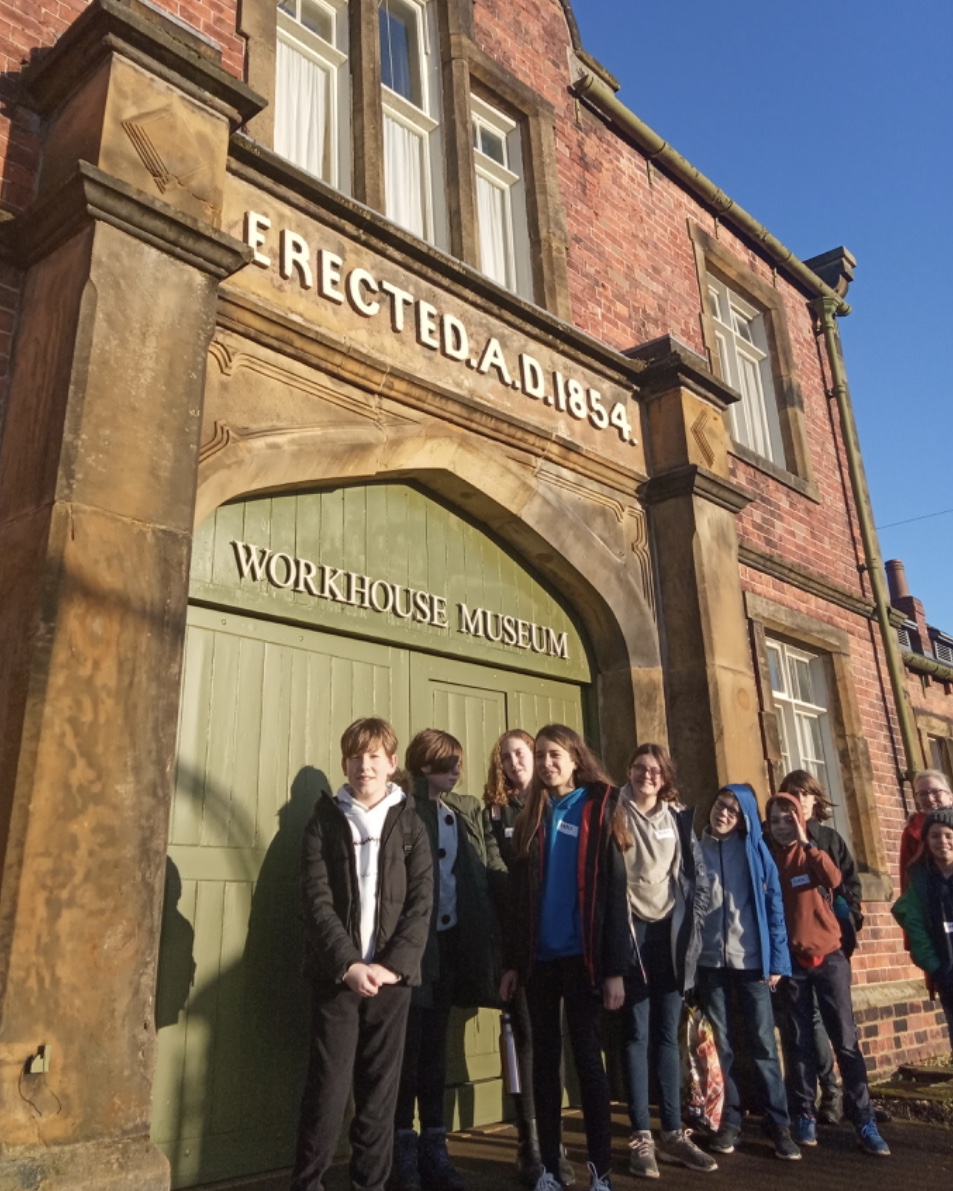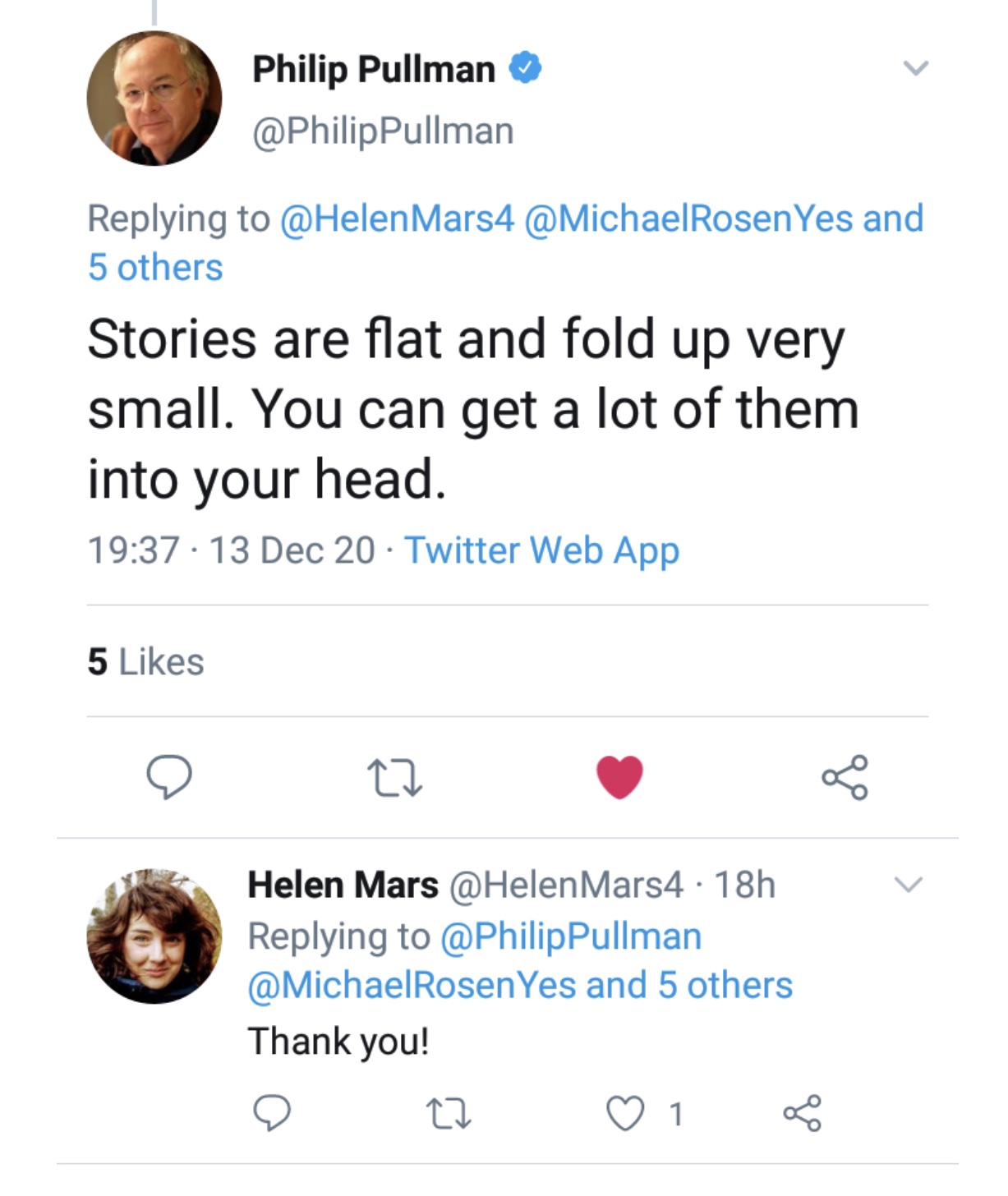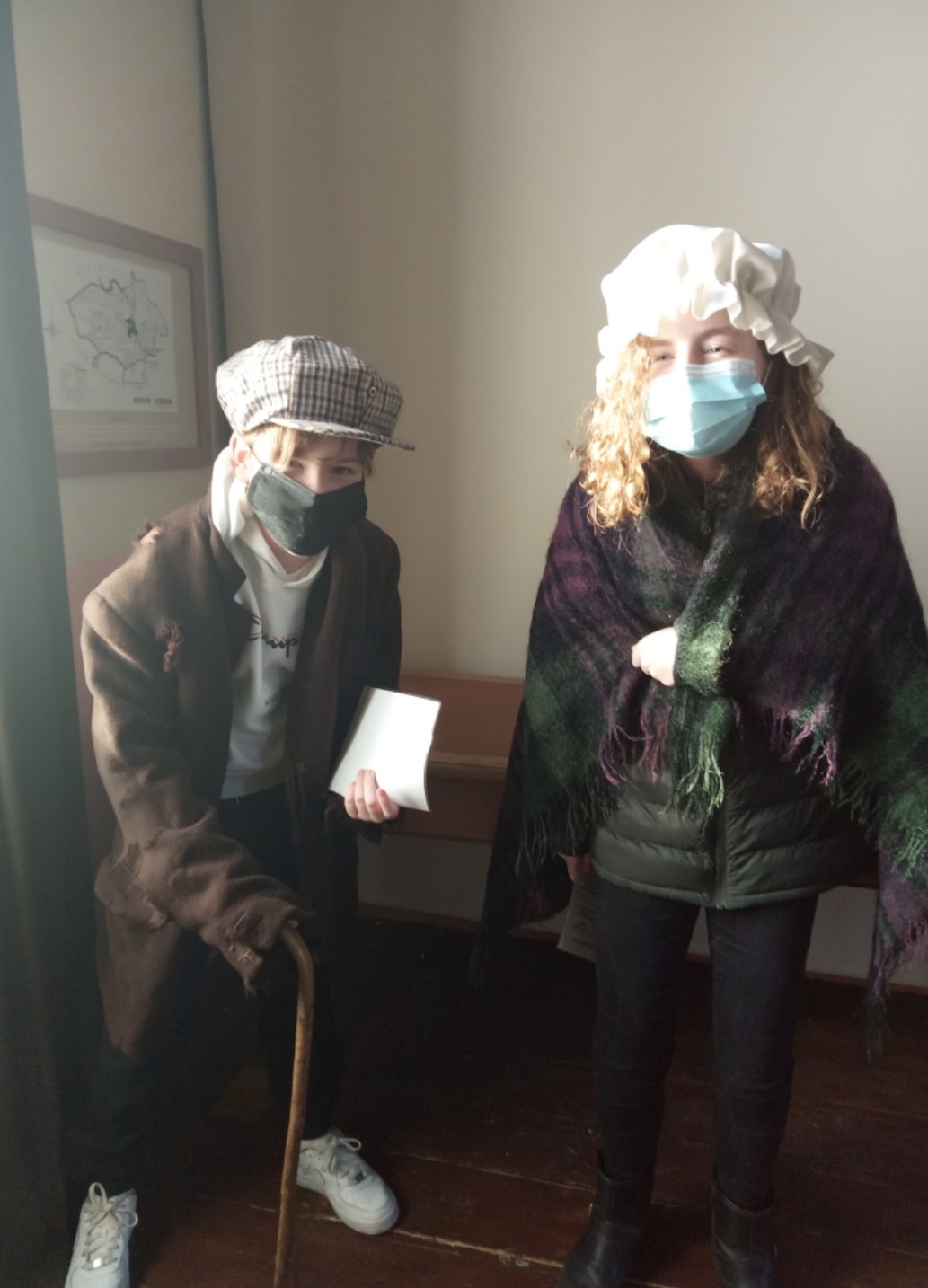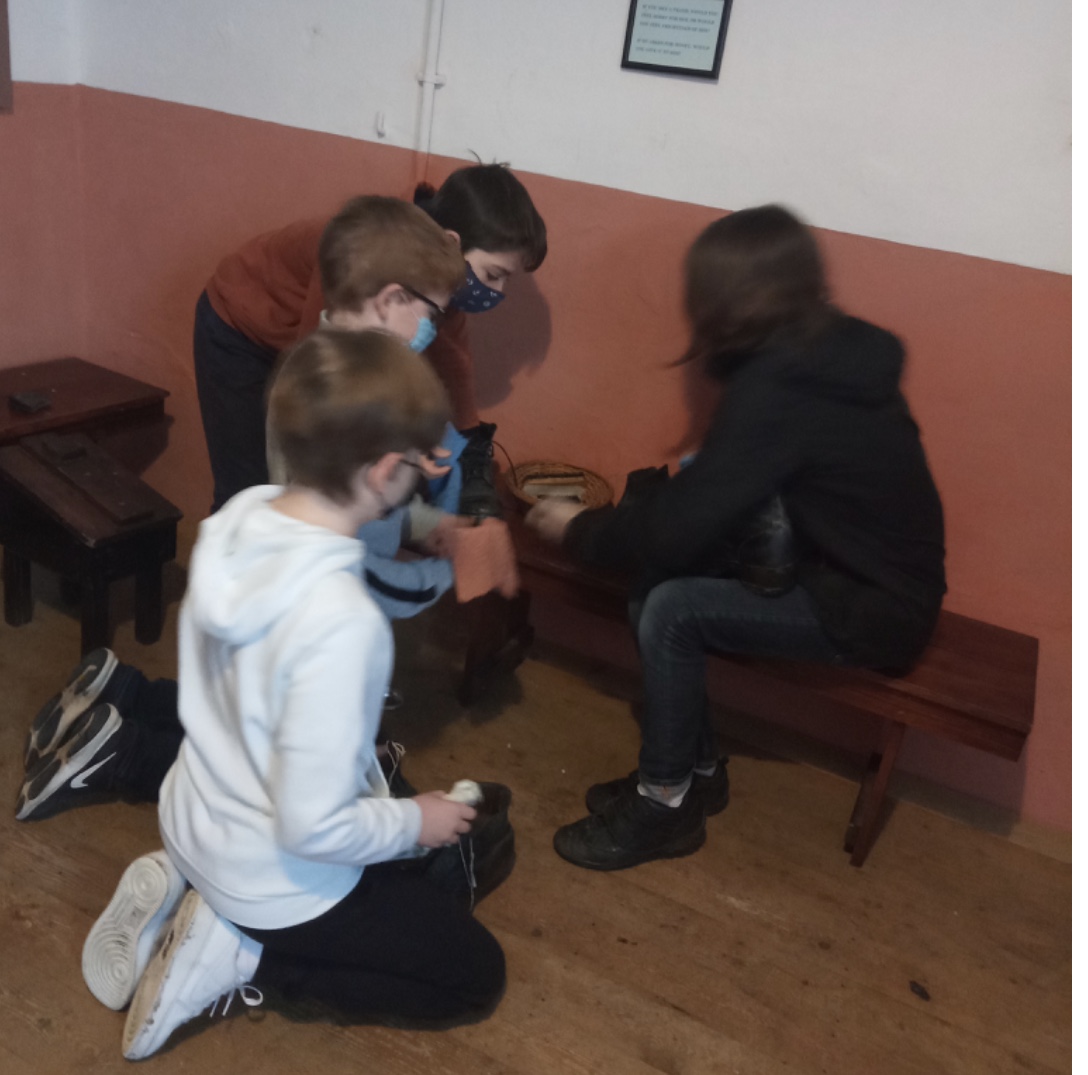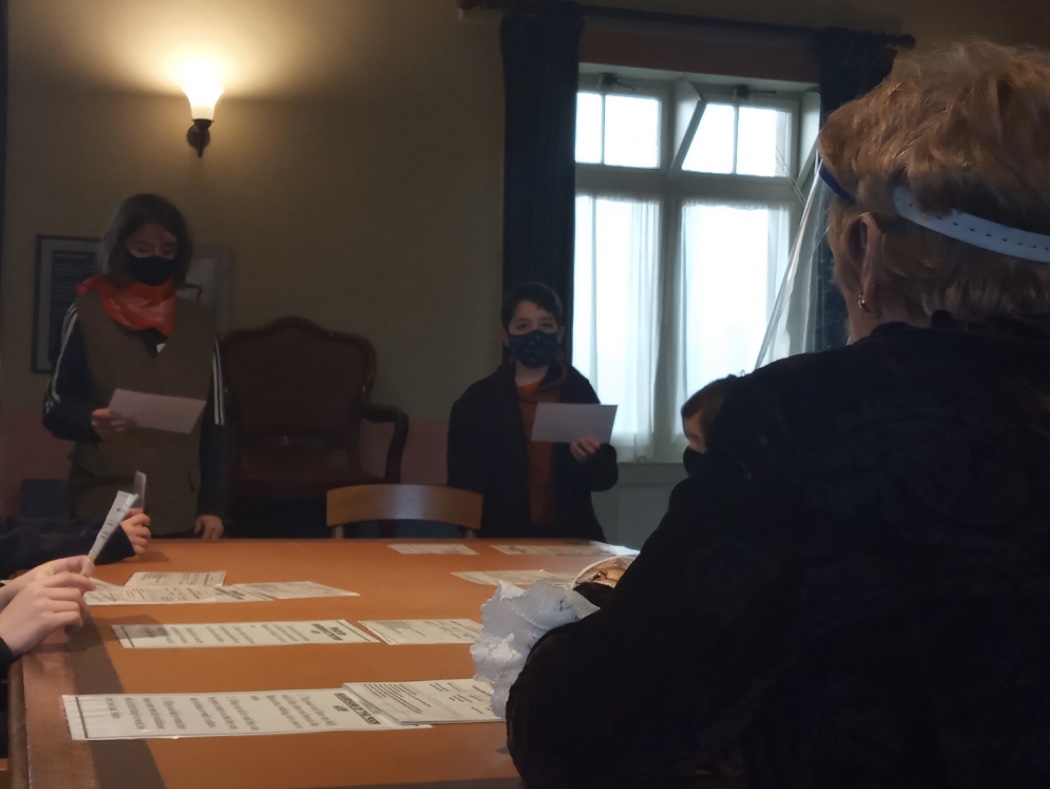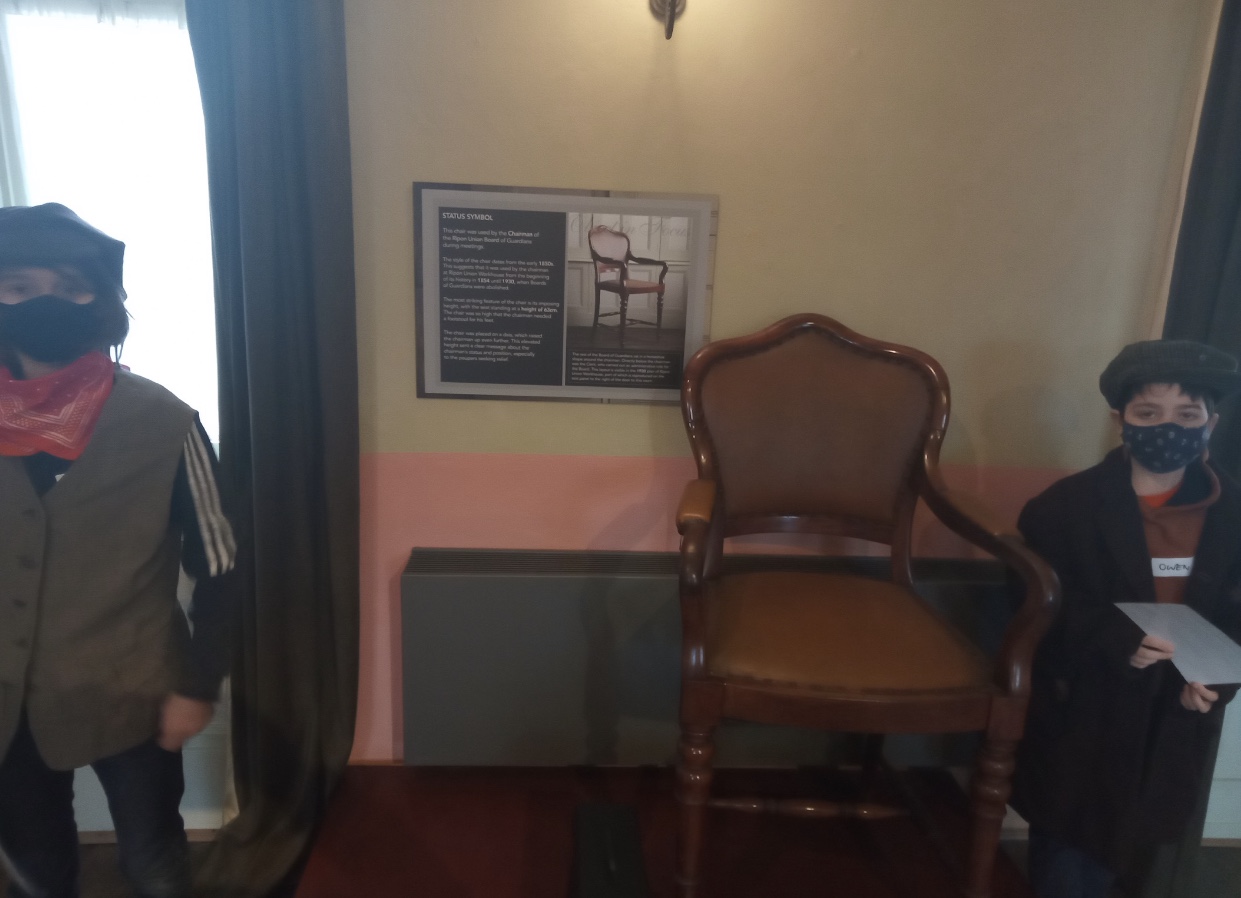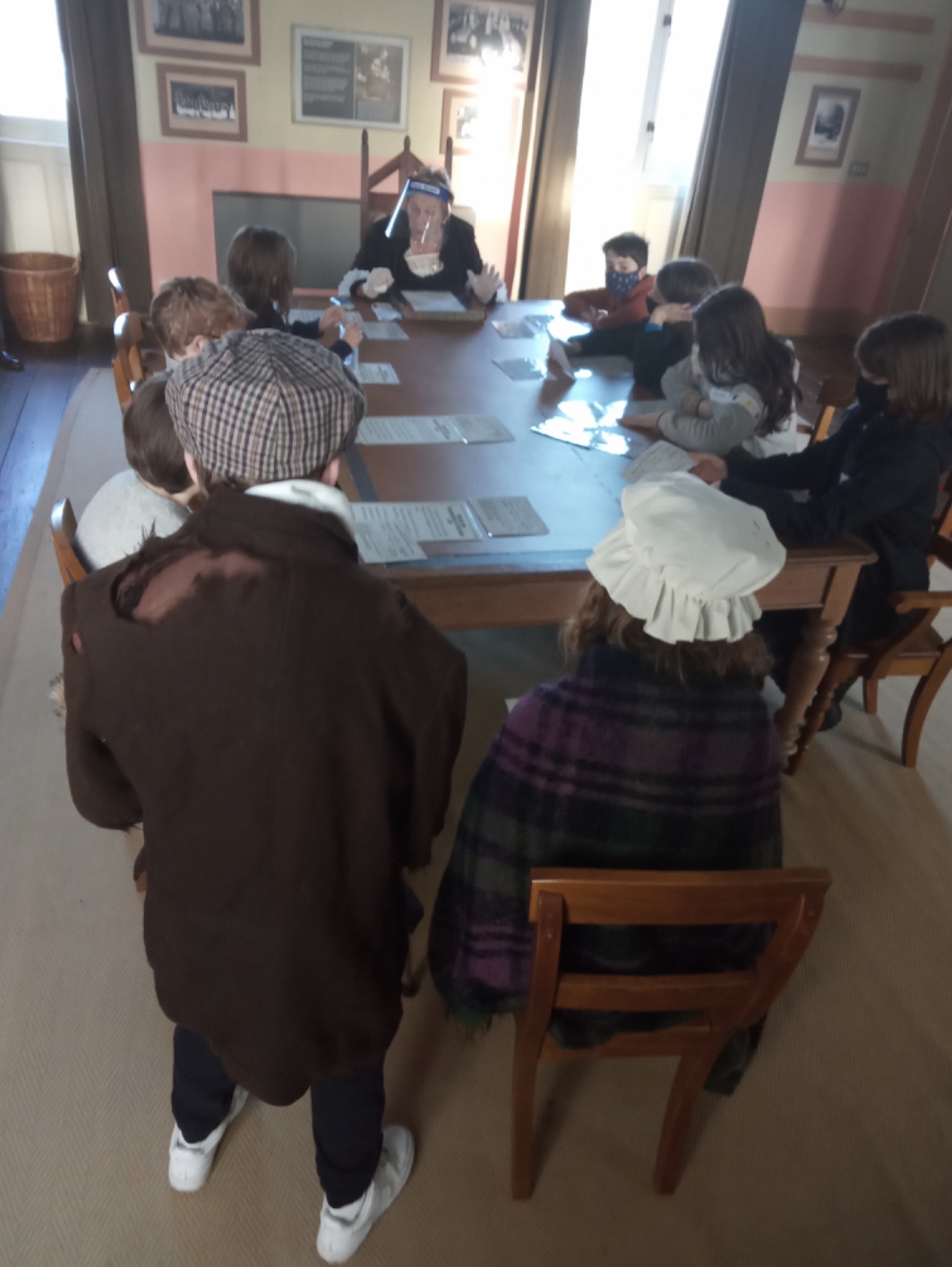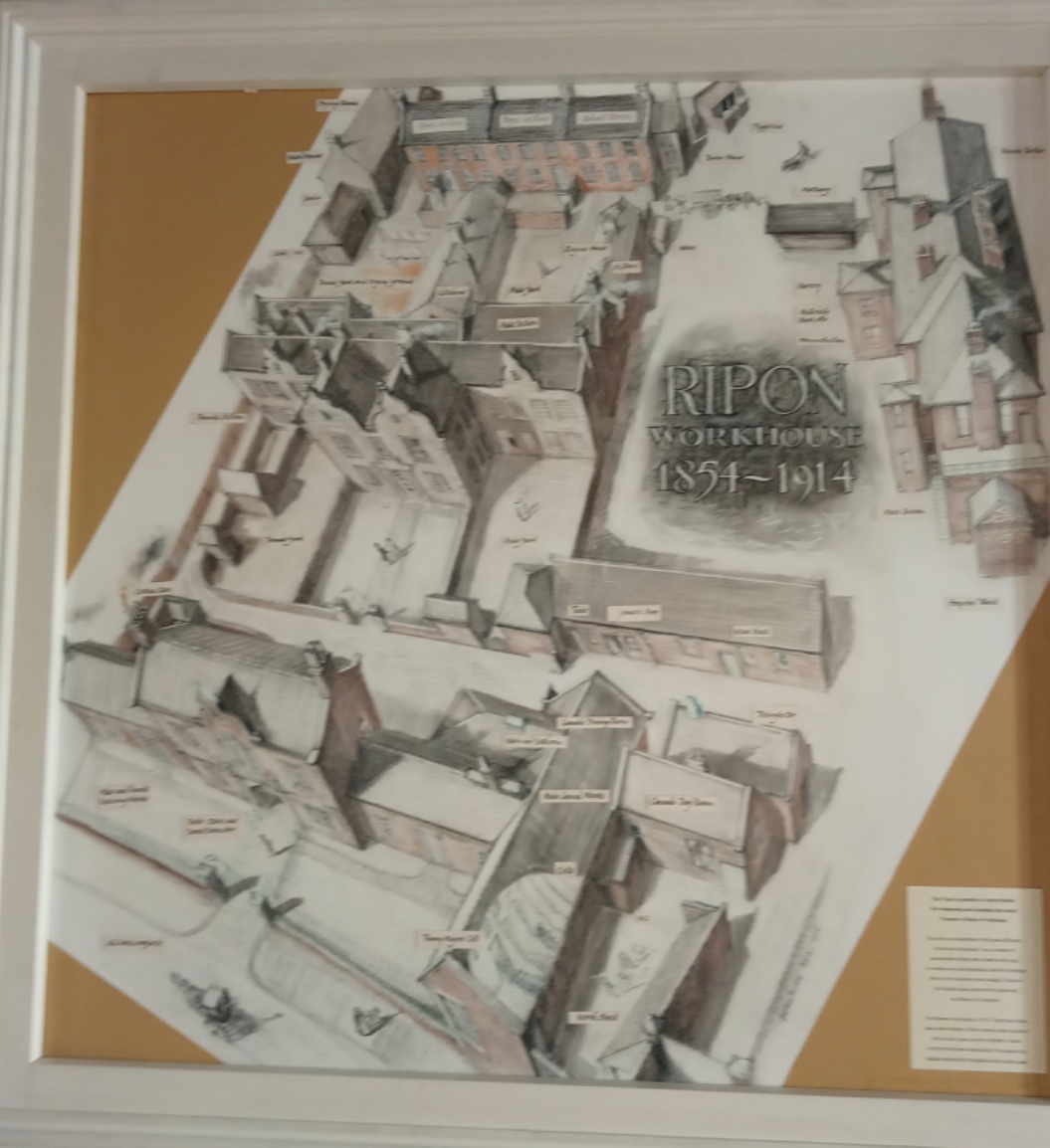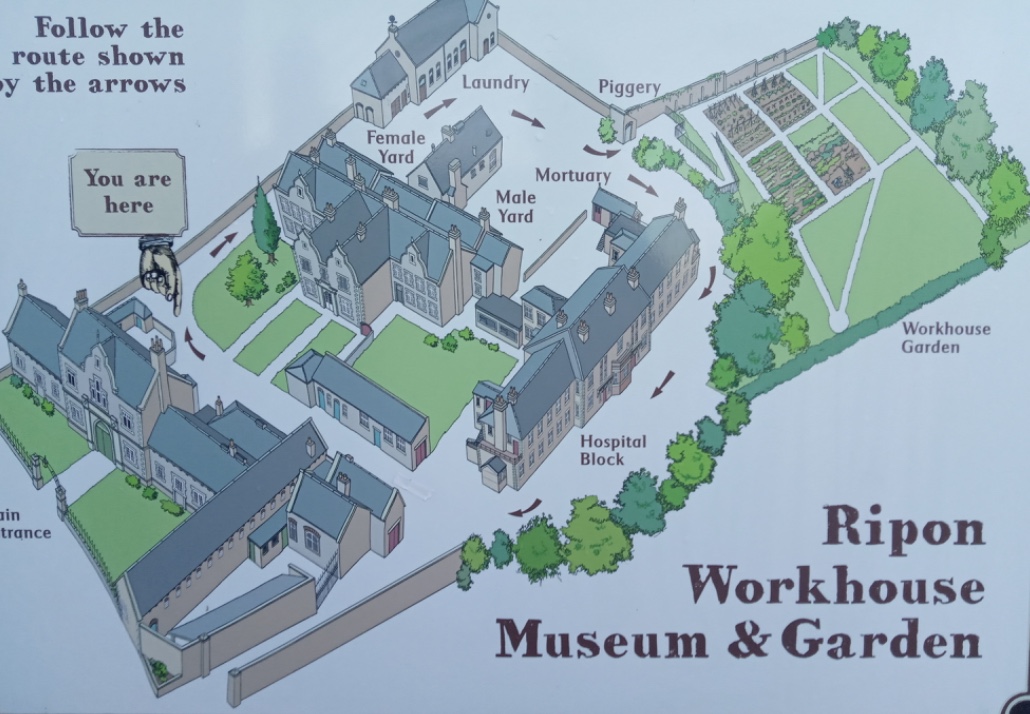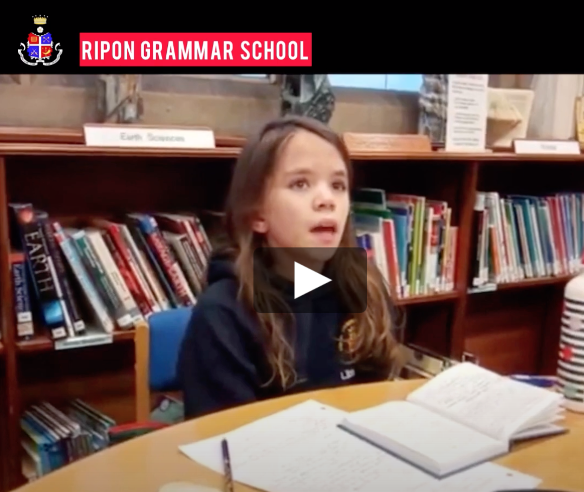ENGLISH: Workhouse visit inspires budding writers
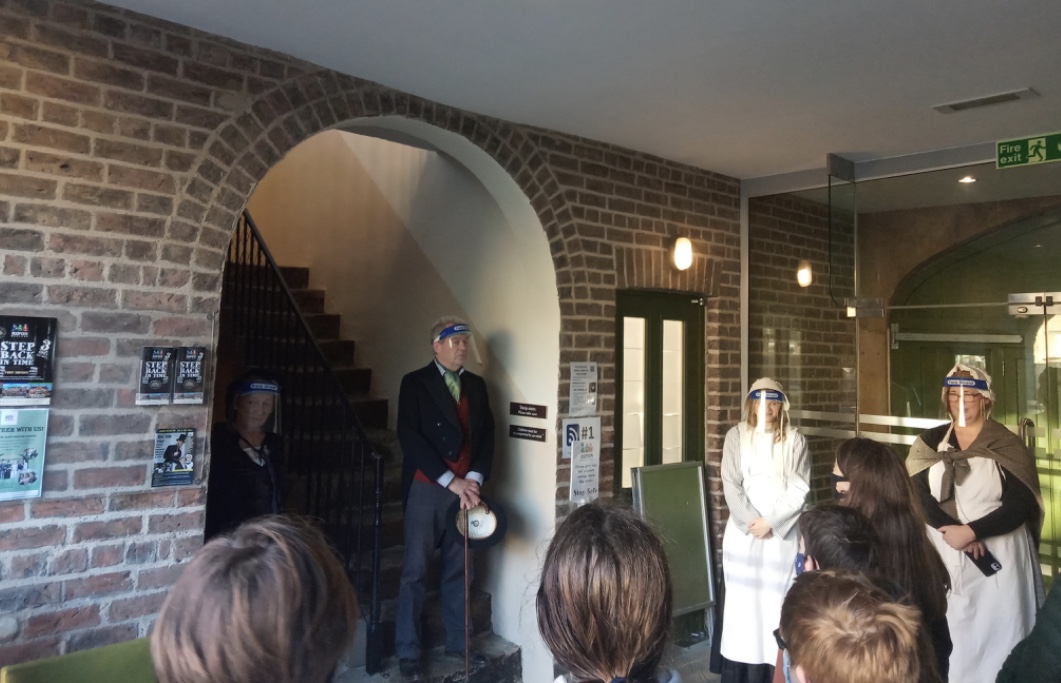
Inspired by encouragement from a famous author, our budding young writers enjoyed a trip to Ripon's Workhouse Museum to find out more about what life was like for the poor in the 19th century. MRS BENNINGTON reports
“Stories are flat and fold up very small. You can get a lot of them into your head.”
(This message of encouragement was sent to our Year 7 Wordsmiths club for young writers by His Dark Materials author Philip Pulman, following a social media post from English teacher Mrs Mars about their planned trip to the Ripon Workhouse Museum)
THERE were warm words of encouragement from a famous author but chilly December weather and a biting winter wind left the Wordsmiths in no doubt about the harsh conditions suffered by inmates at the Ripon Workhouse in the 19th century. Their mission was to use the workhouse to inform and inspire their recreation of the life of an inmate chosen from the 1871 census return.
The day began with a taste of workhouse discipline when the Master insisted that the Wordsmiths stood straight up, in orderly silence and with their hands firmly outside their pockets before they filed before the board of guardians to apply for poor relief. For the Wordsmiths it was a chance to dress up and play both pauper and guardian but the message was very serious: pleading for help was degrading and some people were refused assistance. A taste of what life was like for those who were accepted followed.
The Wordsmiths learned that families were split up with men, women and children being housed in different sections of the building. A visit to the kitchen illustrated just how inhumane this was. The women working in the kitchen were prevented from seeing their husbands in the men’s exercise yard by extra high windows on that side of the kitchen. In addition, they were put to some of the tasks which would have been carried out by children of their age, including polishing tarnished plates and cleaning shoes. There were no washing machines in those days and so in the cold workhouse yard the Wordsmiths tried their hand at the daily laundry with dolly blue, posser, washboard and mangle until their fingers turned blue. At least beating the dust out of the carpets was warmer work.
Having suffered the harsher aspects of the workhouse with enormous good humour, the Wordsmiths also learned that for some children it could be a way to a better future. Not only would they have had enough to eat, with some fresh food provided by the workhouse garden, but they would also have received a basic education in the schoolroom as well as training in sewing and other skills which would have made it easier for them to find employment when they left the workhouse. The guardians were not just out to degrade but to provide genuine help as well in the hope that children brought up by the workhouse would never have to return to the workhouse as adults.
Now, fully armed with insight, the Wordsmiths returned to their base in the woodshed for hot chocolate and cake (hot chocolate was on the menu at the workhouse; cake, sadly, probably not) and a look through the 1871 census return in search of a character on whose life they wished to base their work. Those with local families even found people whose names suggested that they might be relatives.
Pens at the ready, it was time to create.
On behalf of the Wordsmiths, I would like to thank Mrs Mars for organising and leading our trip to the Workhouse Museum and giving us greater understanding of the hardships and fears which blighted the lives of our ancestors.
*Press on the play button, below, to hear what some of our students had to say about their experience:
